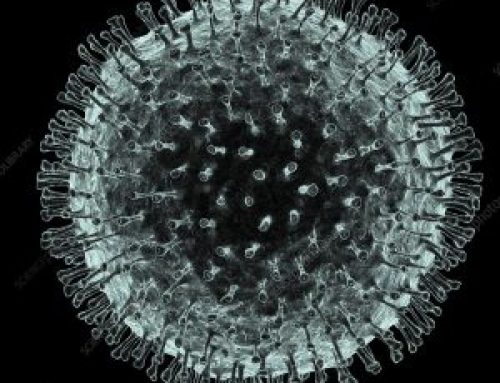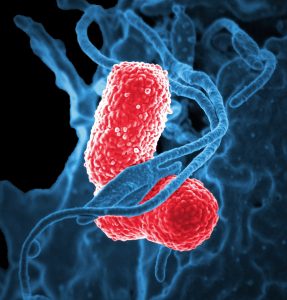South Africa features amongst the top 30 countries with the highest burden of tuberculosis (TB) as well as drug-resistant and HIV associated TB. Major efforts have been made by the national TB programme to contain the spread and impact of the disease by using the latest diagnostic tools and treatment options. In addition, there has been a major expansion of the antiretroviral program, which has impacted positively on reducing new cases of TB. These combined efforts have resulted in consistent year on year decline of the TB burden and microbiologically confirmed incidence rates. Additionally, outcomes for drug-resistant TB have improved substantially and deaths due to drug-resistant TB have decreased.
A research study by Makhado and colleagues published on 17 October 2018 reported an “outbreak” of multi-drug resistant TB in The Lancet Infectious Disease Journal. This has raised concerns locally and internationally and warrants clarification. The study in the Lancet Infectious Disease was performed on cultured isolates of Mycobacterium tuberculosis from people with TB who presented to health facilities serviced by a single laboratory between 2013 and 2016. The most recent SA TB Drug Resistance Survey (2012 – 2014) had shown a resistance prevalence to rifampicin, a marker for drug-resistant TB, at 4.6% nationally. Resistance to the second core drug, isoniazid, occurring on its own – isoniazid mono-resistance – was observed to occur in 6.1% of TB patients. They tested isolates that were mono-resistant to isoniazid (resistant to isoniazid only and no other drugs) for a gene mutation (the ‘491’ mutation) that causes rifampicin resistance. This uncommon mutation is not included as a priority target to be detected by regulatory approved tests that are available for TB diagnosis. When strains are resistant to isoniazid, and resistant to rifampicin using approved diagnostic methods, the strain is ‘multi-drug-resistant’ and standard TB treatment is likely to fail. Makhado et al found the unusual resistance mutation to be present in 15% of isoniazid-monoresistant cases (they did not test TB strains generally, they focussed only on the isoniazid-monoresistant strains). On the basis of this finding, they cast doubt on the ability of the South African TB control problem to detect and respond to drug-resistant TB.
The NICD does not support the findings of the paper by Makhado and collaborators from Belgium. The SA TB Drug Resistance Survey was designed to provide population-representative country data and was conducted by the National Institute for Communicable Diseases (NICD), a division of the National Health Laboratory Service (NHLS), in partnership with the Department of Health (DoH) with support from the World Health Organization. In addition to the standard methods, the NICD used ‘state of the art’ molecular tests (next-generation sequencing technology), which are capable of detecting these rare mutations. Isolates from Gauteng and KwaZulu-Natal were tested and the 491 mutation was found in only 0.1% of TB patients (1/1535) in these provinces. Thus, based on NICD/NHLS surveillance, the risk of the 491 mutation is very low. The NICD also tested an additional 140 survey isolates with isoniazid mono-resistance from provinces in close proximity to Swaziland, and failed to identify the 491 mutation. Ongoing surveillance data has also corroborated these findings.
Concerns that these strains are clustered (grouped in time and location) and are therefore an ‘outbreak’ and are linked to strains in Swaziland, is not completely accurate. Clustering in a country like SA with a high burden of TB is common. Further, Makhado and authors do not provide information on the geographical location of patients, nor dates on which isolates were obtained. Therefore, their findings cannot be classified as an outbreak. The small number of cases spread in time over 4 years also makes the possibility of an outbreak less likely. The South African drug-resistance survey took place over the same time period as the Makhado study and used more extensive and a more systematic sampling methodology. Therefore, it would have detected an outbreak if it existed.
In summary, the findings of the Makhado study are not generalizable. Based on robust surveillance in place for South Africa, these unusual mutations are uncommon. The TB diagnostic and drug-resistance testing that is currently used is appropriate. Further, the NICD/NHLS has ongoing sentinel TB surveillance in several districts in SA and will continue to monitor the situation. The NICD/NHLS together with NDoH has further instituted an investigation seeking to expand on the current findings. The full complement of patients in this study and not just the subset they reported will be investigated to fully understand the extent of the suspected “outbreak”. South Africa is recognized as a global leader implementing evidence-based policies for TB and HIV for controlling these epidemics and will carefully review the recent findings and ensure an appropriate public health response.


